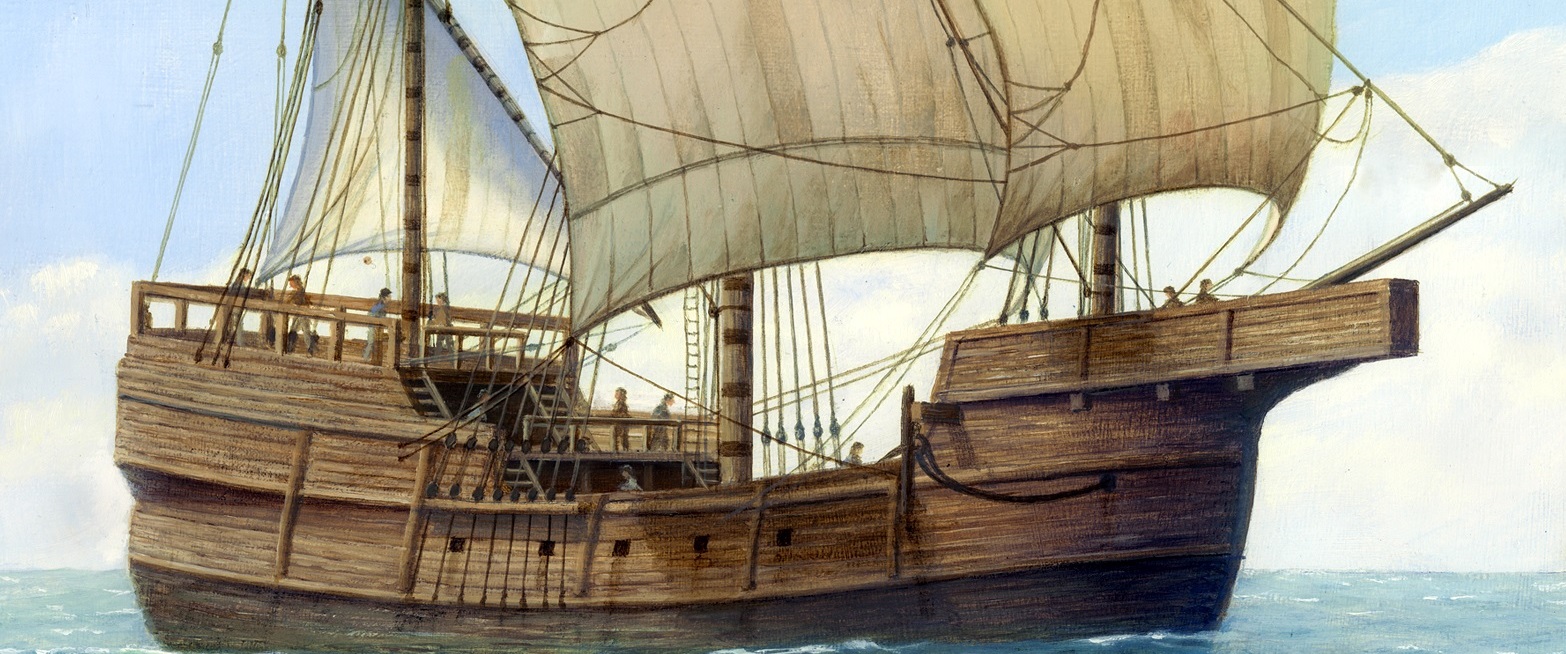
Evan T. Jones introduces the new edited volume, The World of the Newport Medieval Ship: Trade, Politics and Shipping in the Mid-Fifteenth Century.
Ships have always played a prominent role in the popular imagination, and not just of seafaring communities. From the Ancient world to modern times, ships were the largest, most expensive and most complex machines humans built. That helped to turn them into symbols of power, objects of ambition and emblems for communities.

It is the symbolic power of ‘the ship’ that explains why the discovery of a great medieval vessel in Newport in 2002 caused so much excitement in the city. While Newport is best known for the part it played in the industrialisation of south Wales, the community’s origins lie in the Middle Ages. As its name implies, ‘New Port’ was founded to facilitate the trade of the Severn Sea / Môr Hafren – as the Bristol Channel was then known.
Initially, officials were reluctant to support the full excavation and recording of the remains of this great medieval vessel, neatly caught and exposed by a steel cofferdam during construction work. But the people of Newport thought otherwise. A lobby group, The Friends of the Newport Ship, was set up and campaigned tirelessly for the excavation, recording, preservation and display of the vessel. The first three of these objectives have now been largely met, and plans are underway for the ‘Newport Medieval Ship’ (as it is now officially known) to be put on permanent display in the city museum.

But, if you’re going to put a great ship in a museum, how do you interpret it for the public? What stories do you tell about it? How can you use the partial remains of a vessel to engage people with their maritime past? This is where the maritime historians who contributed to The World of the Newport Medieval Ship came in. Together, we sought to take the vessel, excavated and interpreted through the brilliant forensic work of the archaeologists, and set the ship back into the medieval world from which it came. How would the ship have been employed, where did it sail and how often? What goods would it have carried? How did its owners deal with the threats posed by piracy? How did a ship built in the Basque Country c.1450 end up being lost while undergoing repairs in a Newport slip during the late 1460s? These are the just some of the questions we address in the book, a volume that seeks to use a great medieval artefact to engage people with a lost maritime world.
Evan Jones is a Senior Lecturer in the Department of History at the University of Bristol.


